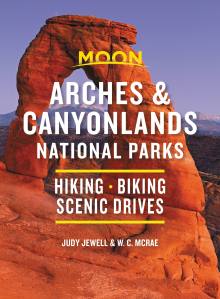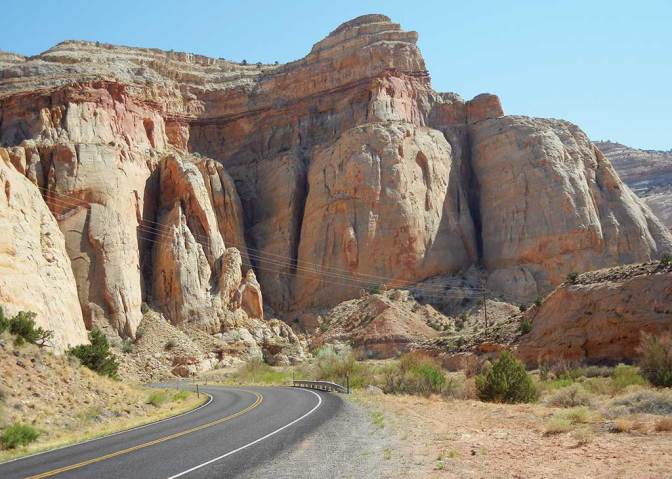Backcountry Camping in Canyonlands National Park
While front-country camping in established campgrounds is available in the Island in the Sky and Needles Districts of Canyonlands National Park (for more information check out our Canyonlands Campgrounds article), the River District, the Maze District, and the separate but nearby Horseshoe Canyon Unit offer more options in terms of backcountry exploration, where you can wander the parks on your own.
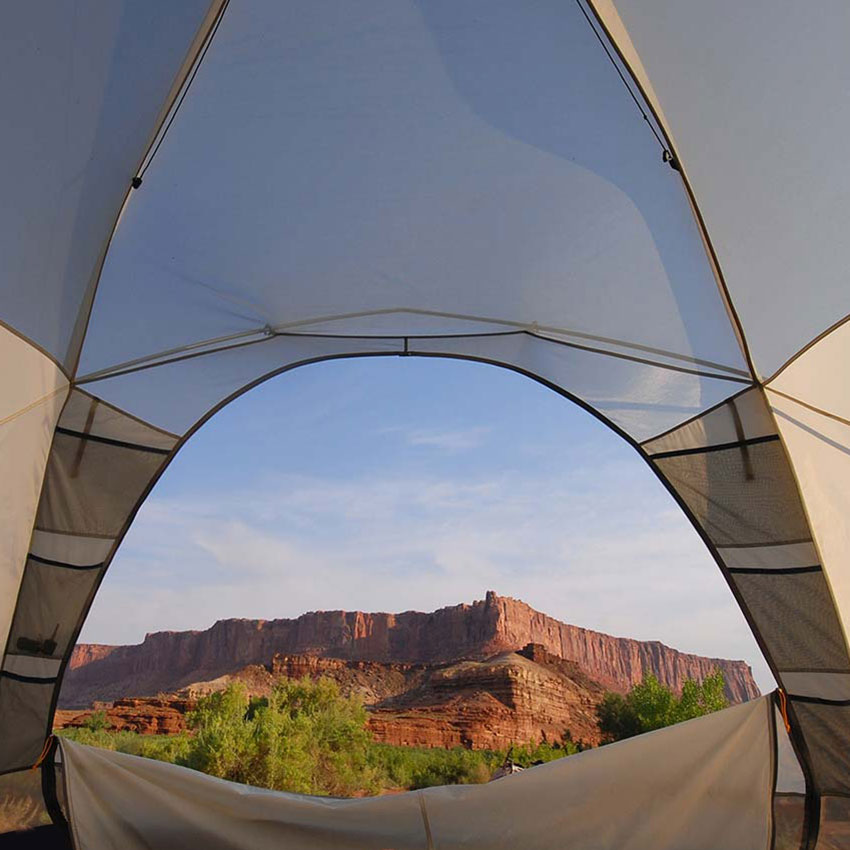
Information on Canyonlands Backcountry Exploration
A complex system of fees is charged for backcountry camping, 4WD exploration, and river rafting. Except for the main campgrounds at Willow Flat (Island in the Sky) and Squaw Flat (Needles), you’ll need a permit for backcountry camping. There is a $30 fee for a backpacking, biking, or 4WD overnight permit. Day-use permits (free, but limited in quantity) are required for vehicles, including motorcycles and bicycles on the White Rim Road, Elephant Hill, and a couple of other areas. Each of the three major districts has a different policy for backcountry vehicle camping, so it’s a good idea to make sure that you understand the details. Backcountry permits are also needed for any trips with horses or stock; check with a ranger for details.
It’s possible to reserve a backcountry permit in advance; for spring and fall travel to popular areas like Island in the Sky’s White Rim Trail or the Needles backcountry, this is definitely recommended. Find application forms on the Canyonlands website. Forms should be completed and returned at least two weeks in advance of your planned trip. Telephone reservations are not accepted.
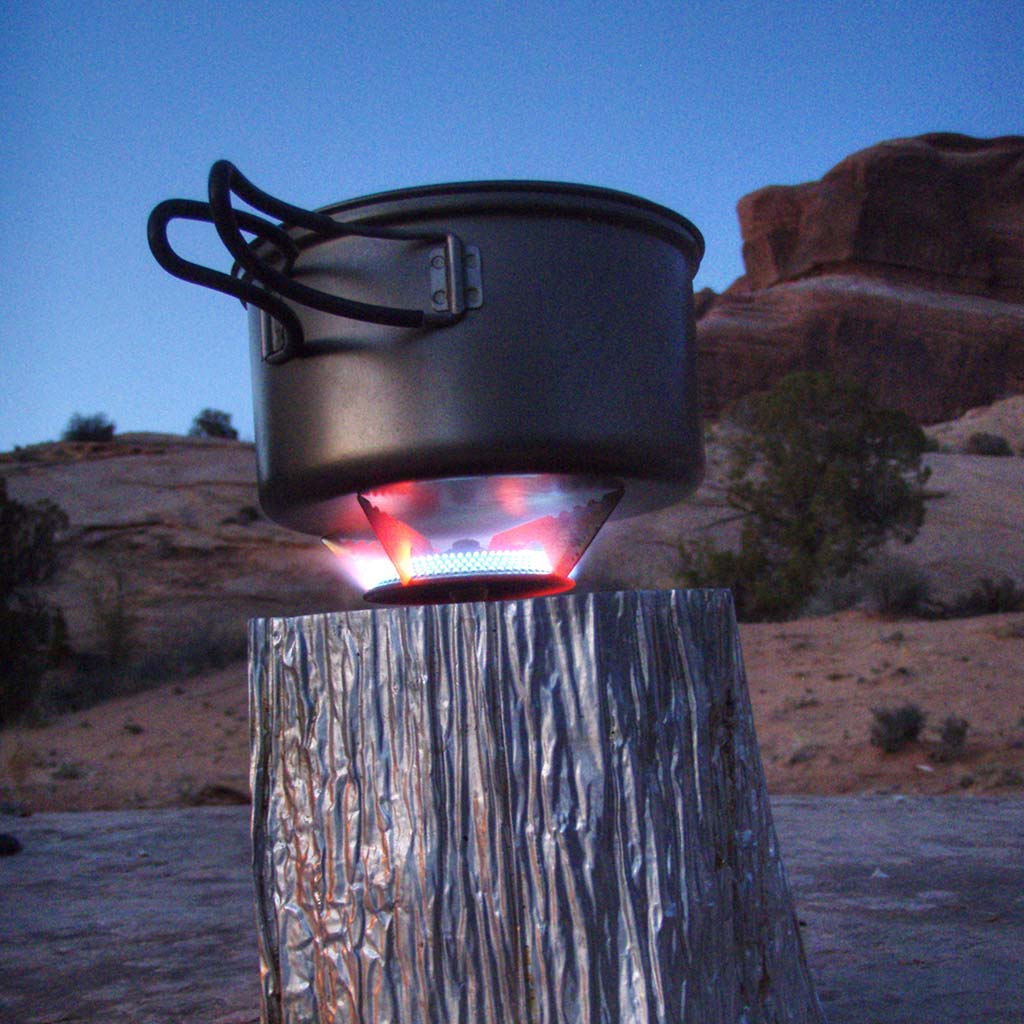
Back-road travel is a popular method of exploring the park. Canyonlands National Park offers hundreds of miles of exceptionally scenic jeep roads, favorites both with mountain bikers and 4WD enthusiasts. Park regulations require all motorized vehicles to have proper registration and licensing for highway use, and all-terrain vehicles are prohibited in the park; drivers must also be licensed. Normally you must have a vehicle with both 4WD and high clearance; it must also be maneuverable (large pickup trucks don’t work for many places). It’s essential for both motor vehicles and bicycles to stay on existing roads to prevent damage to the delicate desert vegetation. Carry tools, extra fuel, water, and food in case you break down in a remote area.
Before making a trip, drivers and cyclists should talk with a ranger to register and to check on current road conditions, which can change drastically from one day to the next. The rangers can also tell you where to seek help if you get stuck. Primitive campgrounds are provided on most of the roads, but you’ll need a backcountry permit from a ranger. Books on backcountry exploration include Charles Wells’s Guide to Moab, UT Backroads & 4-Wheel Drive Trails, which includes Canyonlands, and Damian Fagan and David Williams’s A Naturalist’s Guide to the White Rim Trail.
One more thing about backcountry travel in Canyonlands: You may need to pack your poop out of the backcountry. Because of the abundance of slickrock and the desert conditions, it’s not always possible to dig a hole, and you can’t just leave your waste on a rock until it decomposes (decomposition is a very slow process in these conditions). Check with the ranger when you pick up your backcountry permit for more information.
Camping in the Maze District
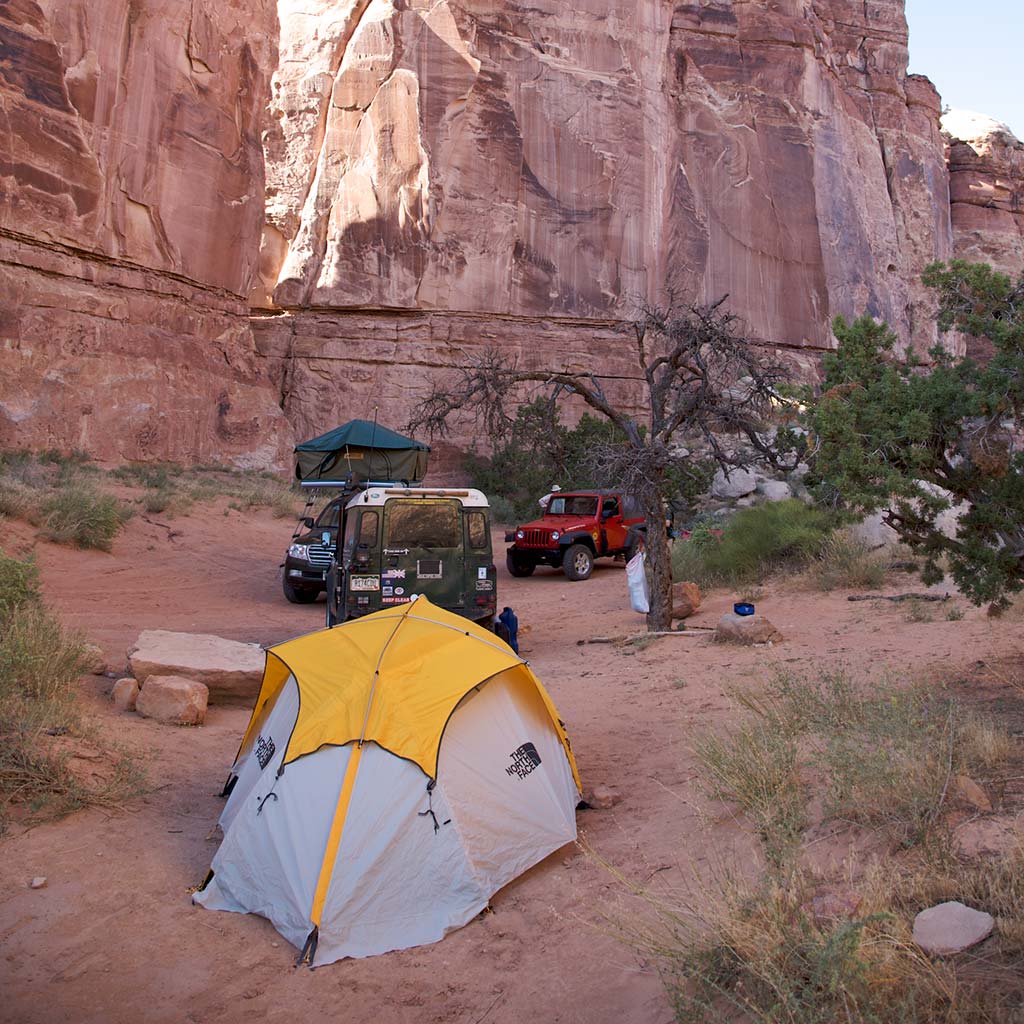
Maze District explorers need a backcountry permit ($30) for overnight trips. Note that a backcountry permit in this district is not a reservation. You may have to share a site, especially in the popular spring months. As in the rest of the park, only designated sites can be used for vehicle camping. You don’t need a permit to camp in the adjacent Glen Canyon National Recreation Area (NRA) or on BLM land.
There are no developed sources of water in the Maze District. Hikers can obtain water from springs in some canyons (check with a ranger to find out which are flowing) or from the rivers; purify all water before drinking. The Maze District has nine camping areas (two at Maze Overlook, six at Land of Standing Rocks), each with a 15-person, three-vehicle limit.
Extra care and preparation must be undertaken for travel in both Glen Canyon NRA and the Maze. Always ask rangers beforehand for current conditions. Be sure to leave an itinerary with someone reliable who can contact the rangers if you’re overdue returning. Unless the rangers know where to look for you in case of breakdown or accident, a rescue could take weeks.
For these reasons, only experienced travelers will want to visit this rugged land.
Horseshoe Canyon Unit Camping
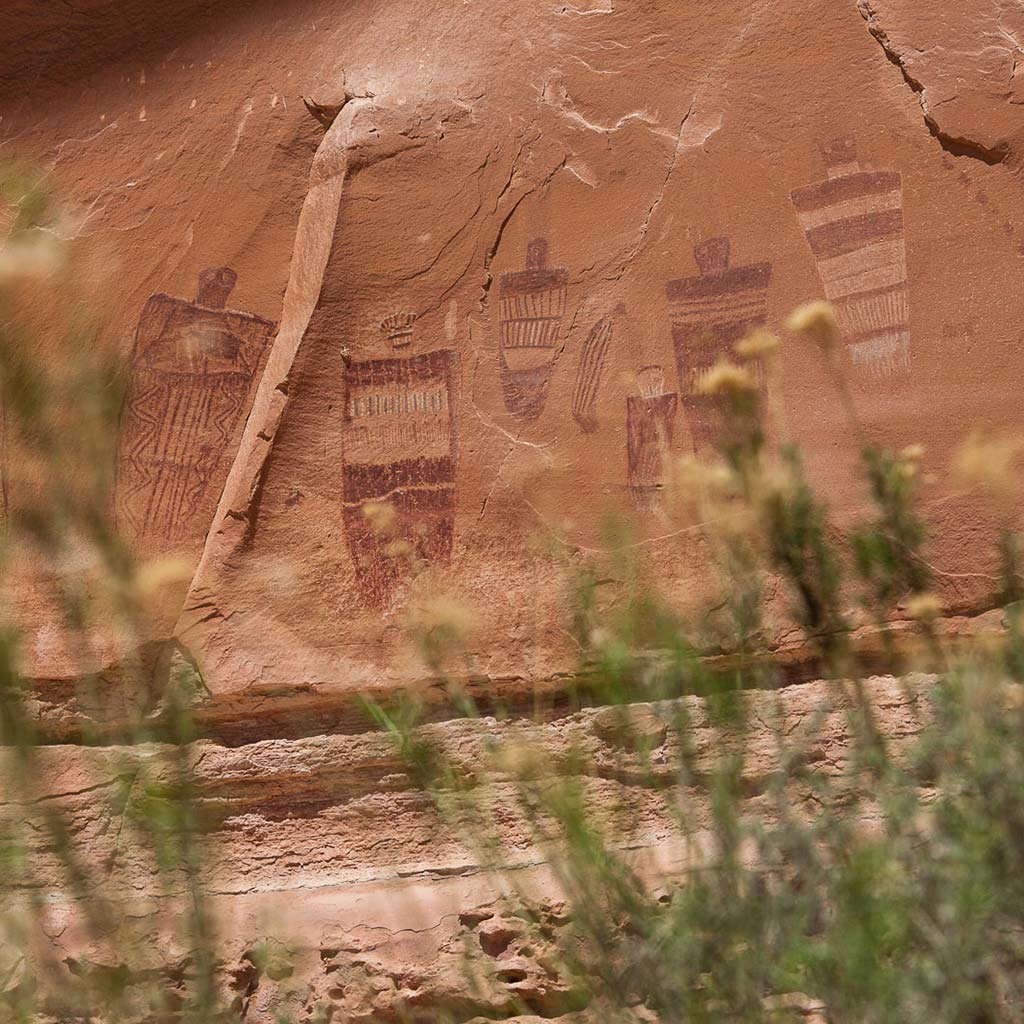
Neither camping nor pets are allowed in the canyon, although horses are OK, but you can camp on the rim. Contact the Hans Flat Ranger Station (435/259-2652) or the Moab Information Center (435/259-8825 or 800/635-6622) for road and trail conditions.
Camping in the River District
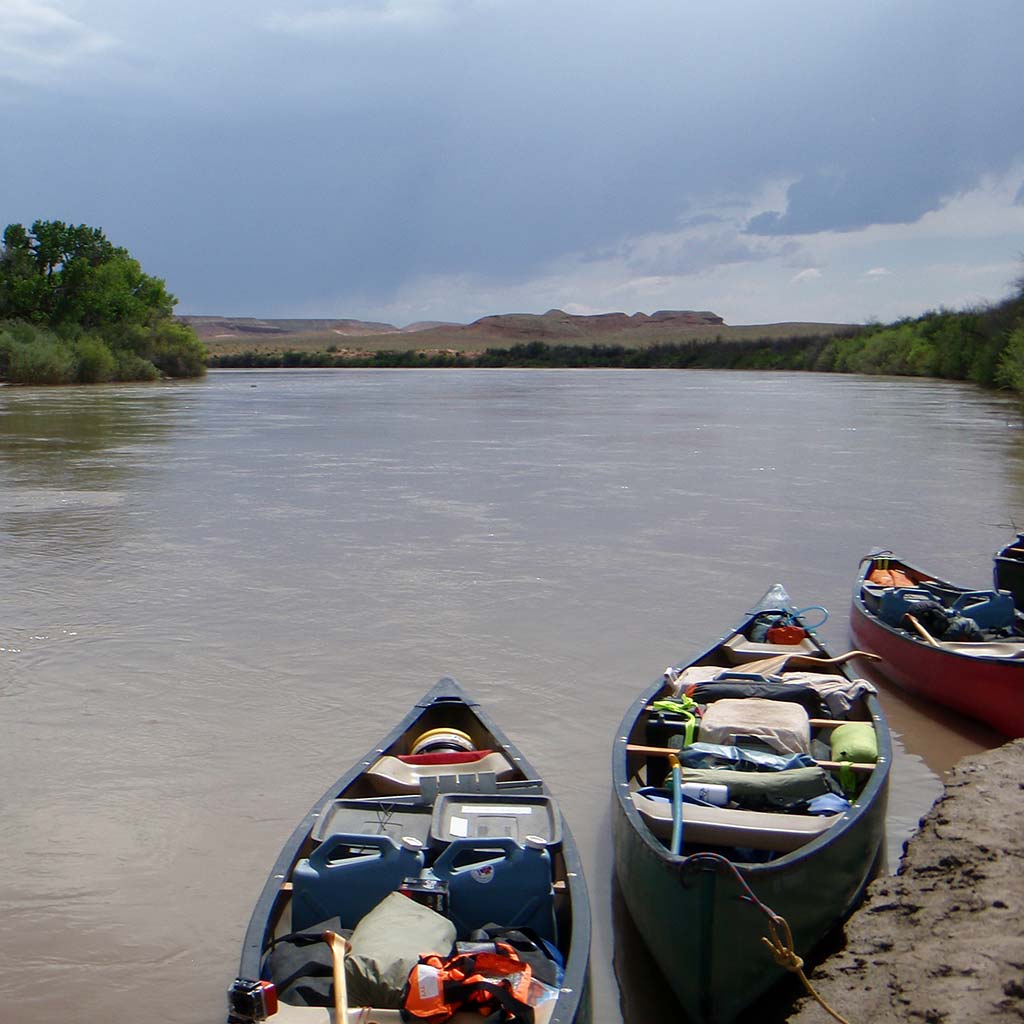
No matter how you execute a trip through the River District, there are several issues to think about beforehand. There are no designated campsites along the rivers in Canyonlands. During periods of high water, camps can be difficult to find, especially for large groups. During late summer and fall, sandbars are usually plentiful and make ideal camps. There is no access to potable water along the river, so river runners either need to bring along their own water or be prepared to purify river water.
While it’s possible to fish in the Green and Colorado Rivers, these desert rivers don’t offer much in the way of species that most people consider edible. You’ll need to bring along all your foodstuffs.
Since all river runners must pack out their solid human waste, specially designed portable toilets that fit into rafts and canoes can be rented from most outfitters in Moab.
By clicking ‘Sign Up,’ I acknowledge that I have read and agree to Hachette Book Group’s Privacy Policy and Terms of Use
